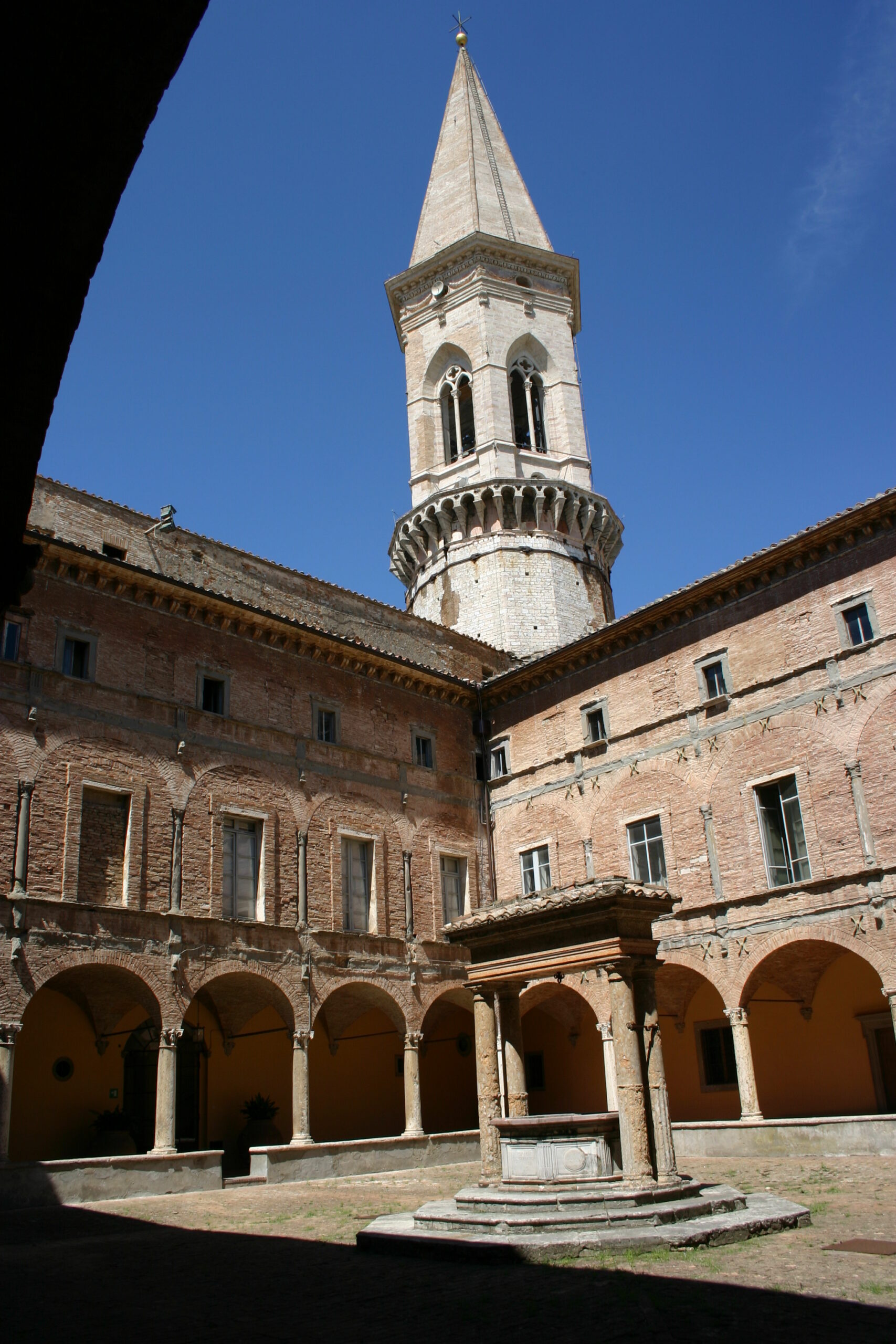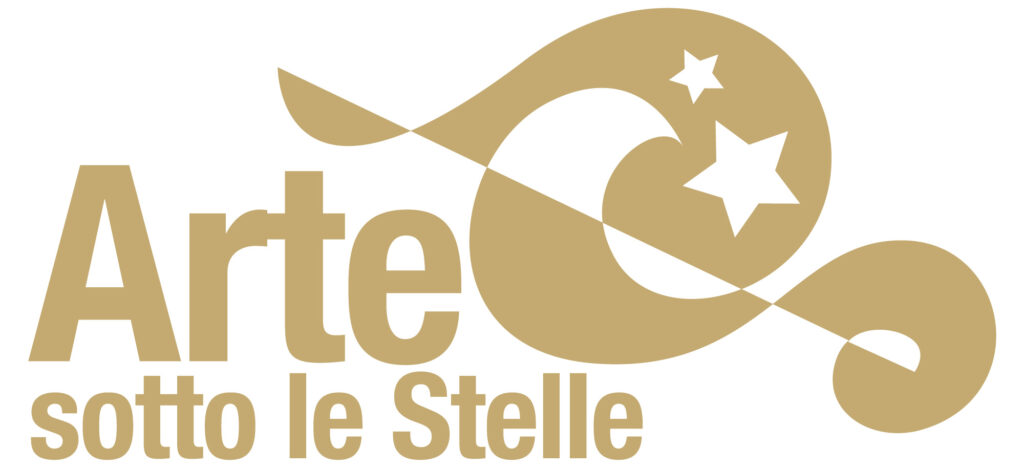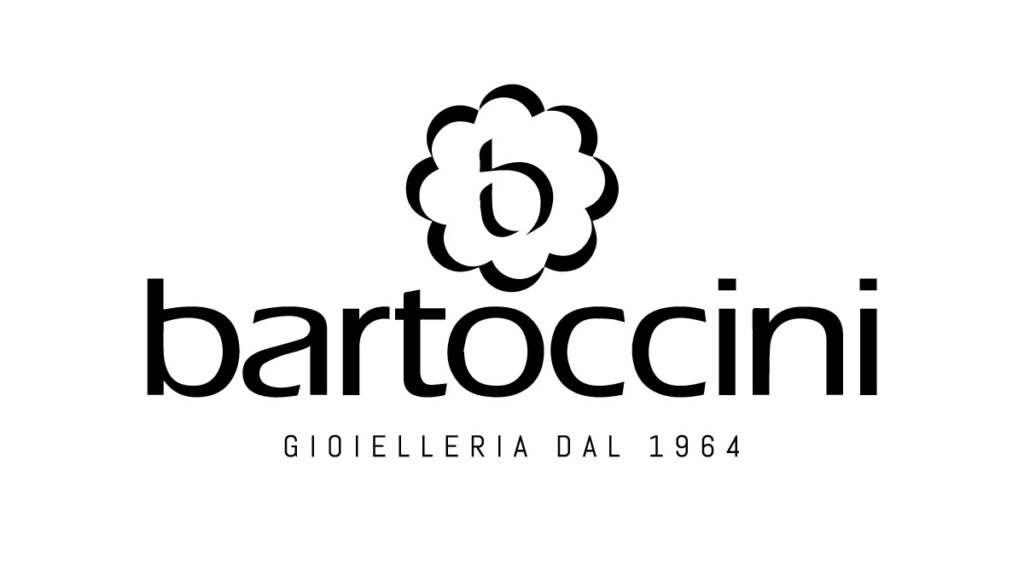Abbazia di San Pietro – Perugia
In Middle Ages, the Abbey of San Pietro was considered one of the most important monastic centers of the Papal State and hosted many Popes and eminent priests over the centuries. In addition, in the course of the 16th century this place became a great center of the Reinassance fine artistic production and was enlarged and enriched with beautiful pieces of art, created by famous Masters as Benedetto Bonfigli, Perugino, Sassoferrato and many others. Between XVII and XVIII century, San Pietro was knwon as one of the biggest culture and knowledge centers in town.
The Abbey was suppressed in 1799 and again in 1810 by Napoleon’s army and pillaged of the masterpieces it preserved. After the Unification of Italy, in 1861, the new Government decided to let the monks live inside the building: the Benedictin community has been living there without impediments since that time.
San Pietro’s architecture appears as the result of several enlargements and additions over centuries. It is possible to enter the complex through a Portal which leads to one of the three cloisters, the one designed by the architect Valentino Martinelli during the seventeenth century. On the left, there’s the entrance to the three-aisled church, whose plant is inspired to the Vatican Basilica. Inside, ceilings and wall are decorated with fine frescoes. Moreover, the church also preserves the largest Umbrian collection of Perugino’s paintings, after the Galleria Nationale dell’Umbria.











